Home > Applications > Appliance Extension Cord
Looking for appliance extension cord, Vocson is ready to support you Our appliance extension cords are designed to include a space-saving plug. It is convenient to connect your devices to the power.
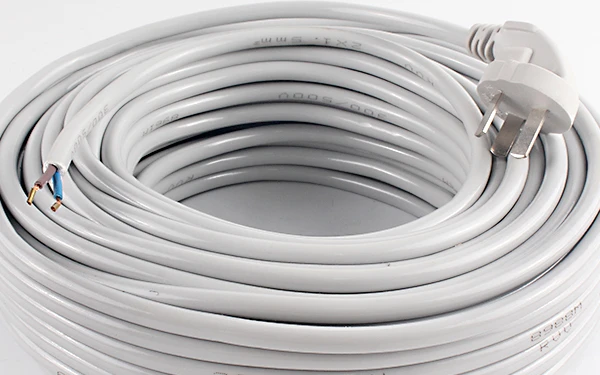
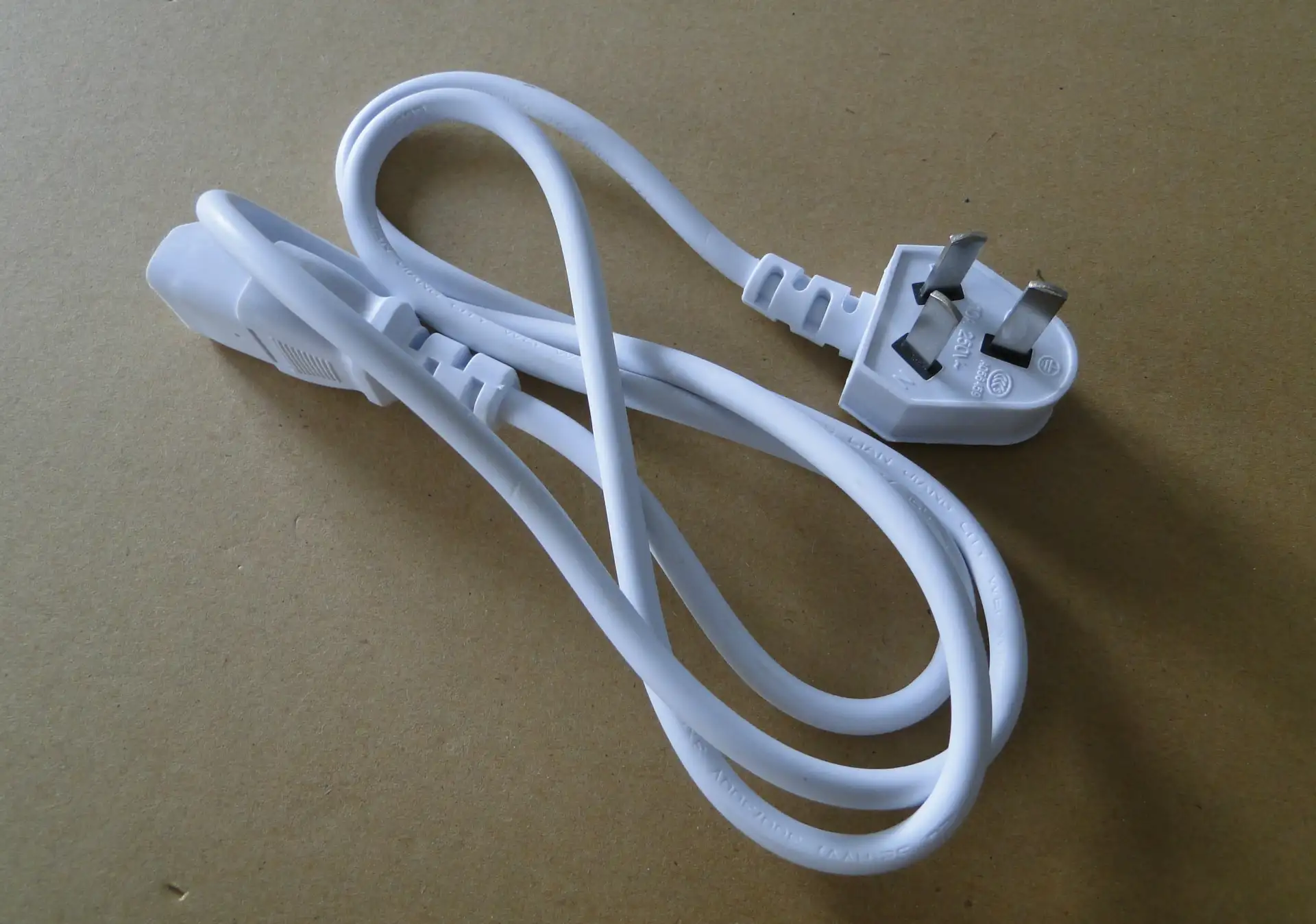
Rice cooker power cord
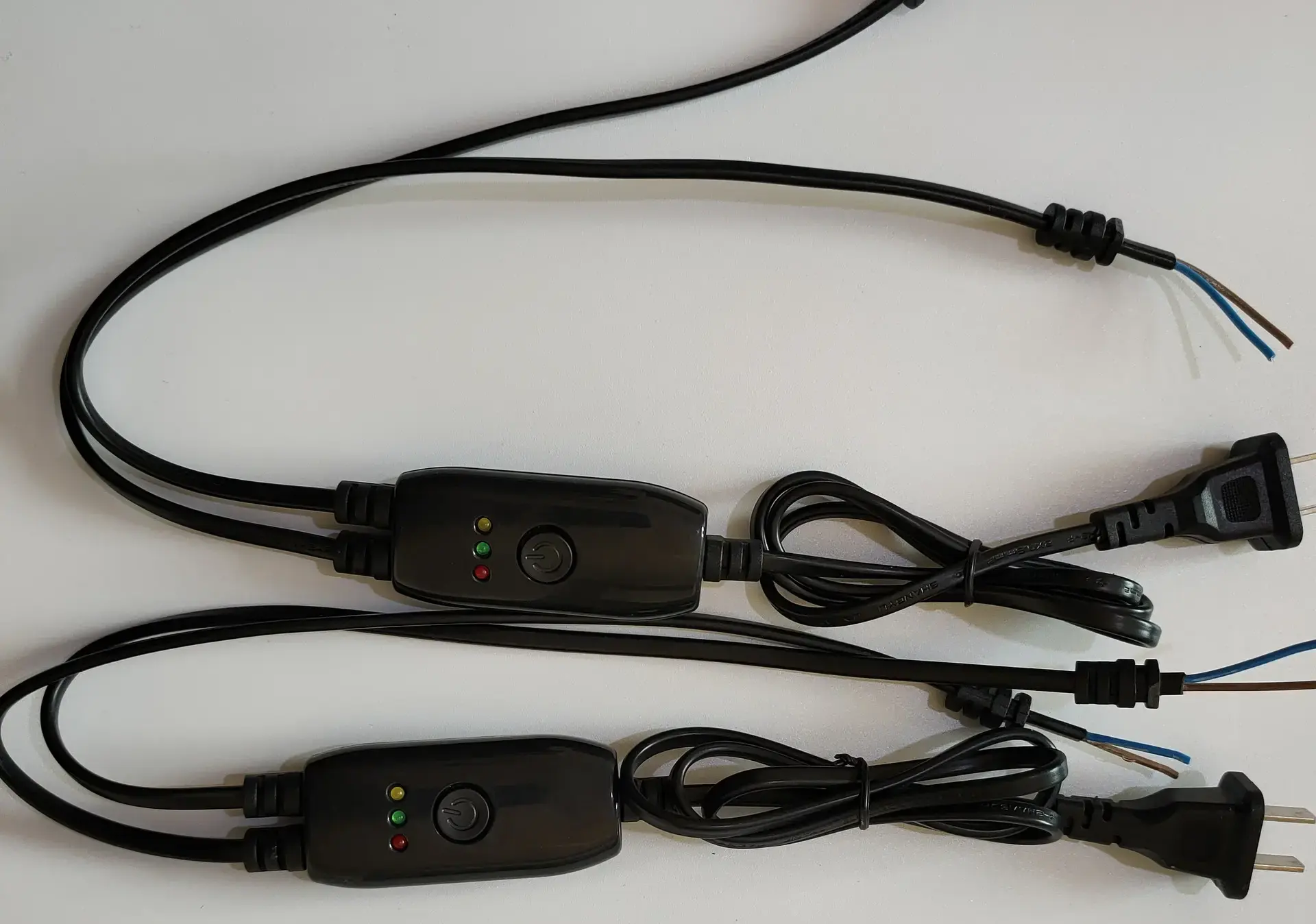
Electric blanket power switch cord
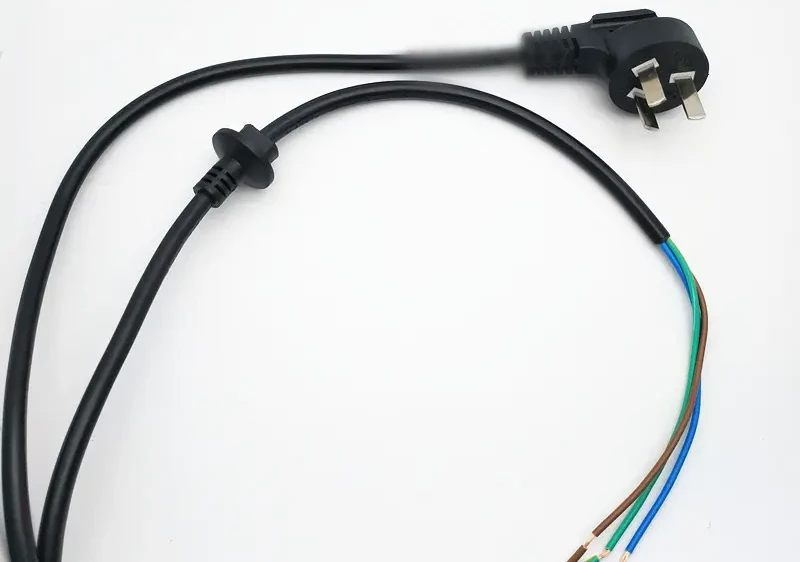
Household refrigerator power cord
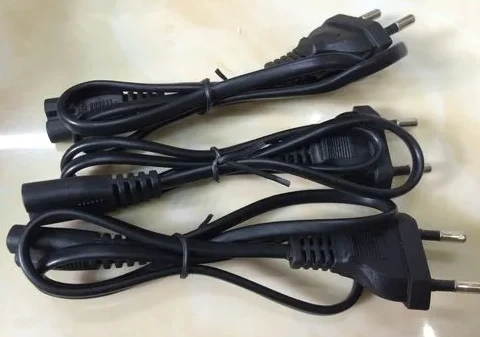
EU small household appliances 8-end AC power cord
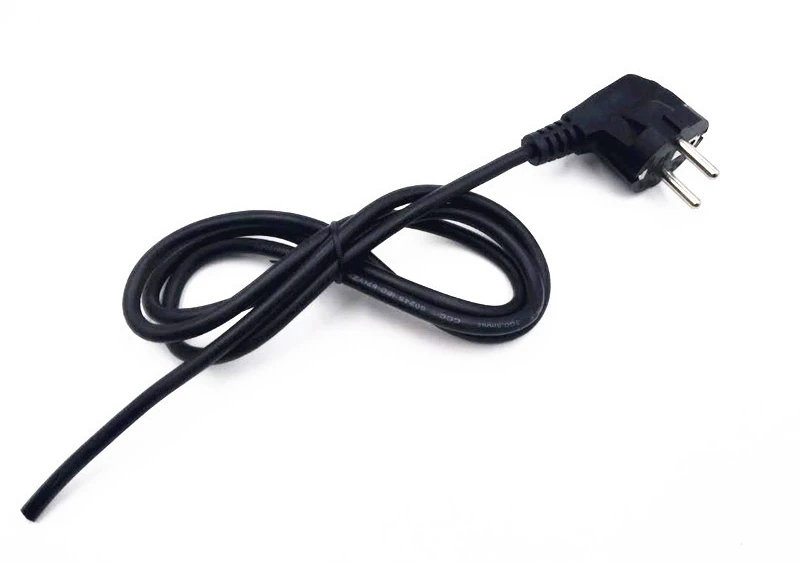
Eu plug VDE certified household appliance extension cord
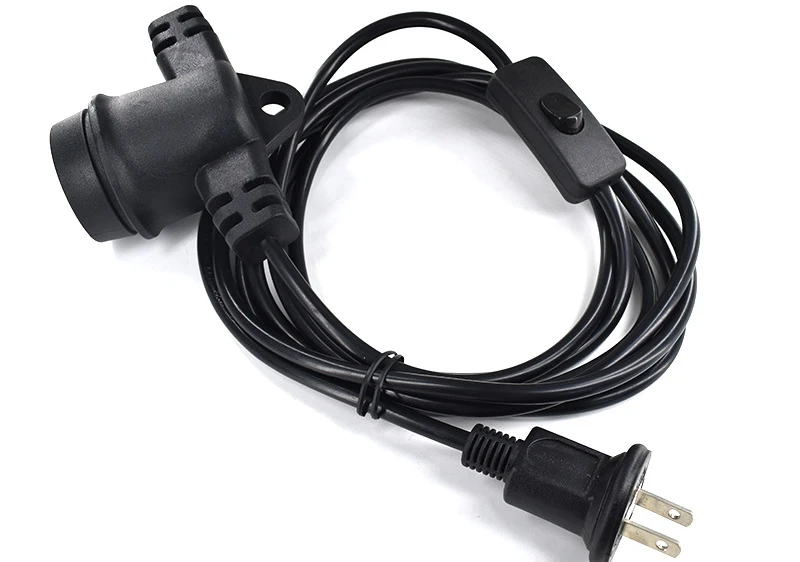
Japanese standard switch switch rainproof light string line
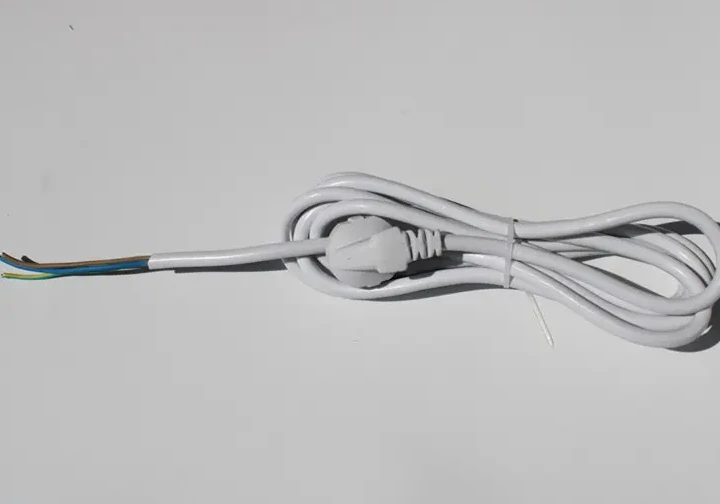
Oxygen-free copper rice cooker multi-function power cord
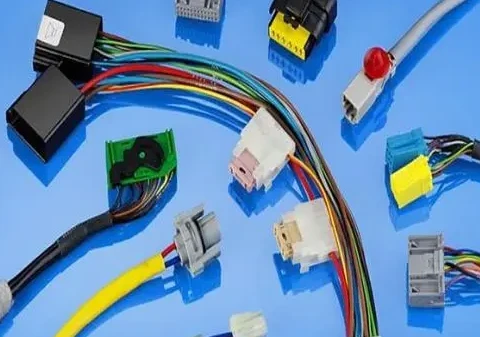
Small appliance terminal connection cable
An appliance extension cord is such a vital tool that extends the electrical reach of an appliance whose dusk-like, inbuilt power cord cannot reach a power outlet satisfactorily. Internally wired with high-conductivity materials such as copper, it is jacketed with strong insulation materials like polyvinyl chloride (PVC) for electrical safety in preventing any accidental discharges. These come in many lengths and rated for different voltages and currents depending on the power requirements of an appliance, which could vary from small gadgets in the kitchen to larger appliances such as freezers.
This would encompass that most of the critical differences are founded on their purpose and design. The major difference between the two is their intended use, or in other words, the purpose that each one serves. The appliance power cord is attached to the appliance and custom-fit for its specific electrical needs; it is usually sized to reach the nearest outlets with minimal extra length. An appliance extension cord, on the other hand, is an independent, relocatable device or instrument that extends the reach of the built-in power cord to distant outlets. Unlike power cords, extension cords are versatile and can be used with different devices, though they need to be matched with adequate capacity, considering the appliance’s power requirement to ensure your safety.
Because outdoor appliance extension cords are manufactured to withstand environmental perils such as water, extreme temperatures, and exposure to ultraviolet light, they are much thicker and heavy-duty compared to ordinary indoor cords. While it is technically safe to use them indoors, their bulk is just more of a hindrance in restricted indoor spaces.
While purchasing a short appliance extension cord, a number of variables have to be considered for the best performance and safety: First, check the electrical rating – the voltage and current; it should be appropriate for one’s appliance. Second, consider the wire gauge; generally, a thicker wire supports higher currents and reduces overheating risks with lower gauge numbers. Look for cords with well-molded plugs that don’t permit accidental disconnections. These should be made of a tough outer insulation material, such as rubber or heavy-duty plastic, intended to resist physical damage and wear over time.
The safe usage of an electric cord would involve the appropriateness of the cord rating for that appliance in voltage, current, and power capacity. Uncoil the cord fully every time to avoid coiling-related overheating. Route the cord along safe paths: avoid laying trips and any potential damage due to pedestrian or furniture traffic. Do not plug in more appliances than the cord is rated to handle. Instead, install new outlets where permanent power solutions are needed. Periodically check the cord for fraying or cracking-type damage and replace any such defects found for continuing safety and functionality.
The term “12 3” describes the wire gauge and the total number of conductors in the appliance extension cord. Therefore, the “12” is the wire gauge, or size, referring to the fact that the wire can safely support higher currents, typically up to 20 amps for more power-consuming appliances. The “3” designates three conductors in the cord, usually a live wire, a neutral wire, and a ground wire, each important to carry the electricity safely and further safety features such as grounding that protects against electrical shock and perhaps fires.
To determine what length an appliance extension cord should be, measure between the appliance and the nearest outlet, then add a small tab to the measurement to make sure that it does not have to stretch or bend sharply, which will wear the cord out quickly. Too long is also not good, as long extension cords can result in a drop in voltage, poor performance of the appliance, and an increased possibility of tripping and injury. Preferably, use the shortest cord that would comfortably reach the outlet to avoid such hazards.
Outdoor appliance extension cords are designed with resistance to water, temperature changes, and physical impacts in mind. While they are more resistant to damp conditions than indoor cords, they still should not sit in standing water or be used in heavy rain conditions or submerged applications. If the cord is wet, unplug it and let it dry out entirely before reuse. Further, keep the connections covered and elevated above ground to prevent water from seeping into either the plug or the socket.
Proper storage of appliance extension cords is important. When not in use, the cord has to be coiled loosely to avoid kinking and damage to the internal wires. Avoid hanging the cord from nails or hooks due to the stress that can be given to the cord and damage to its inner part. Use a cord reel or use a hook that is for cable usage. Store the cord in a cool, dry location out of direct sunlight to prevent deterioration of the insulation. However, the cord should not be close to any chemicals or pointed tools that could inadvertently chop or corrode it.
The indications that an appliance extension cord needs to be replaced include apparent wear and tear such as fraying, cracking, or exposed wires; any appearance of melting or burn marks at the plugs or along the cord; rigidity or brittleness detected on the cord, showing degradation within the insulation; any odors or warmth being produced during use to show internal damage. Either when the cord does not sit snugly anymore in its socket, or even when it consistently trips the circuit breaker, such signs may indicate that the cord needs replacement for safety and functionality.
It would mean that one needs an extension cord with higher currents and less overheating at higher wattages. The wattage rating of an extension cord is very important as it estimates the upper limit of wattage it can safely carry. For high-power appliances such as heaters and major kitchen appliances, one should select a heavier-duty cord with a lower AWG number featuring a higher current rating. It is highly dangerous to use an extension cord with a low-watt rating because this may lead to overheating, poor performance of the appliance, and even a fire hazard.
Yes, incorrect appliance extension cord wiring greatly increases the risk of fire. It will be Highlander if the cord is not designed to handle the current appliance needs. The overheating may melt the insulation and cause a fire. In addition, poor connections and damaged cords can cause sparks that will create a short circuit. Always make it a point to choose an extension cord with the proper voltage, current, and watt rating for the intended appliance.
When using an extension cord with numerous appliances, one should remember about the sum of wattage that can never be over the capacity such an extension cord can support. Distribute the weight equally around the cord, and where possible use a surge protector or power strip with overload protection to lend a hand in managing the power distribution without overload. Try to avoid an attempt at daisy-chaining extension cords together since it will drop the voltage and build up resistance, further increasing the risk of overheating or fire. Employ cords with inherent safety features when a number of connections are needed.
Handle the appliance extension cord with care to maximize its life expectancy. When unplugging the cord, pull on the plug instead of the cord to avoid stressing the connections. Do not run the cord under carpets or over sharp edges where it can be pinched or abraded. To prevent disintegration of the insulation, avoid letting the cord be subjected to high temperatures or direct sunlight for long. Periodically check the cord for any type of wear, replacing if necessary for peak safety and performance.
Appliance extension cords are available in a variety of plugs, such as two-prong ungrounded plugs, three-prong grounded plugs, and others that are specifically designed for certain appliances or for heavy-duty uses. The type of plug should be chosen based on the appliance requirements and the conditions in which the plug will be used.
Regular maintenance of appliance extension cords begins with dusting the cord in question with a dry cloth to remove dust and debris; visually inspecting for any signs of wear or damage; and ensuring plugs and sockets are free from debris and also not loose. Periodic testing with a continuity tester will also help to check if the cord is working correctly or not.
Looking for Affordable Appliance Extension Cable for Your Project?
As a renowned cable harness solution provider giant VOCSON can ensure that your project is leading the industry, Choose us to provide wire harness products, and OEM or ODM services for you.